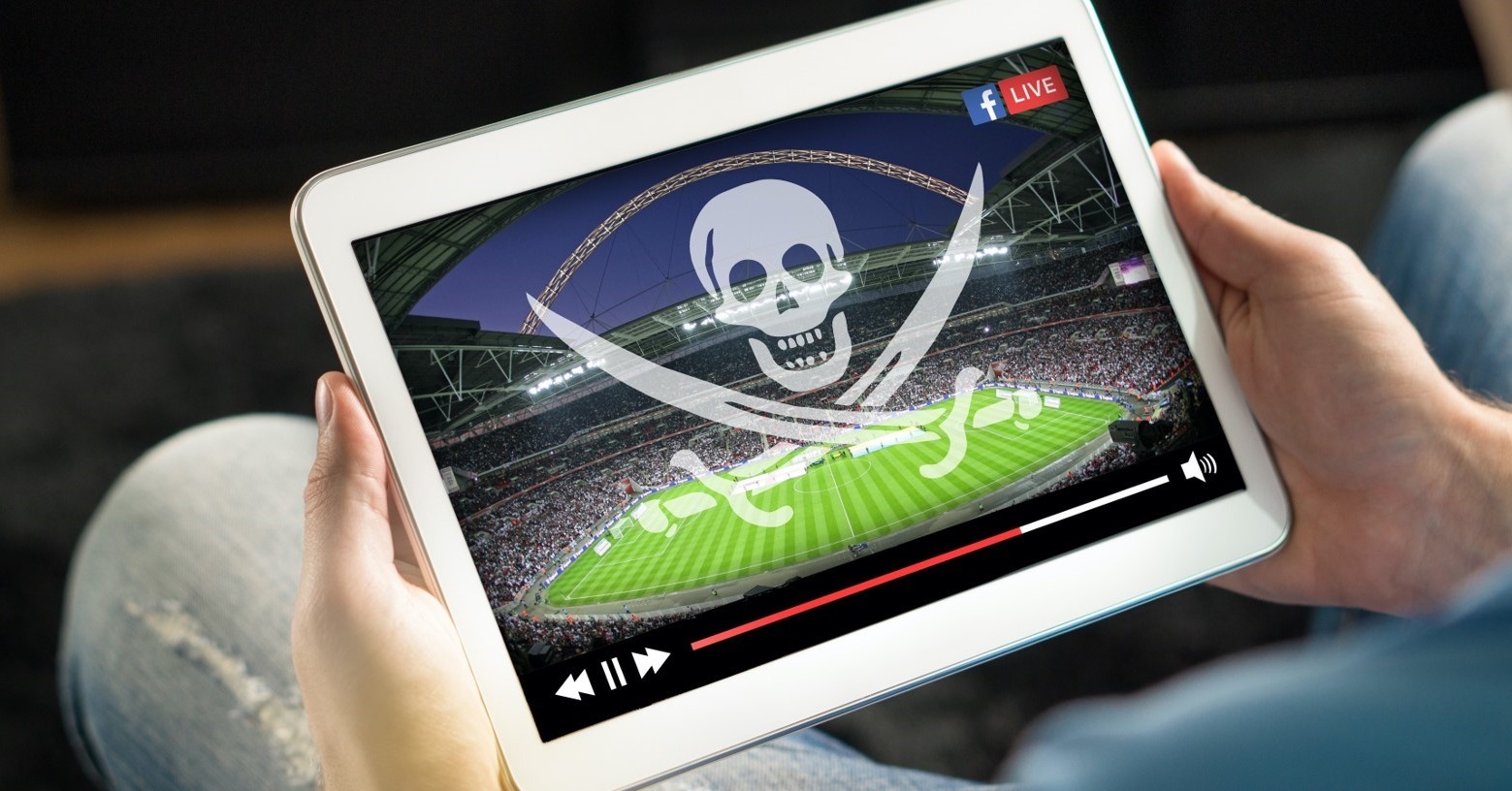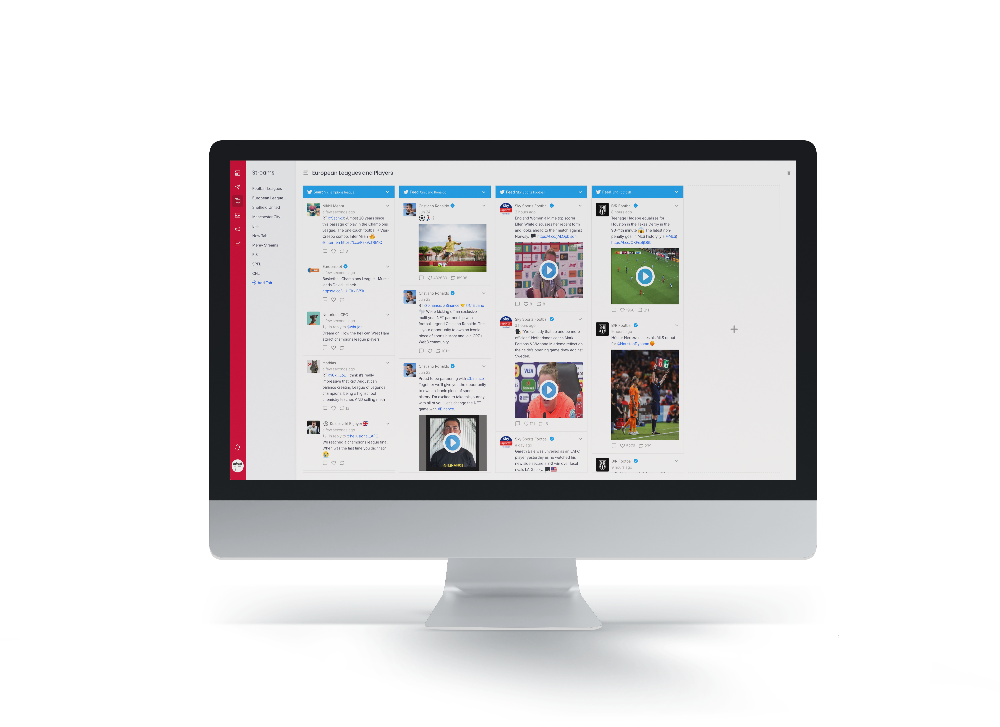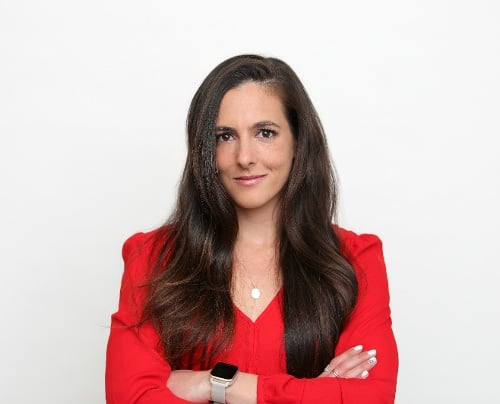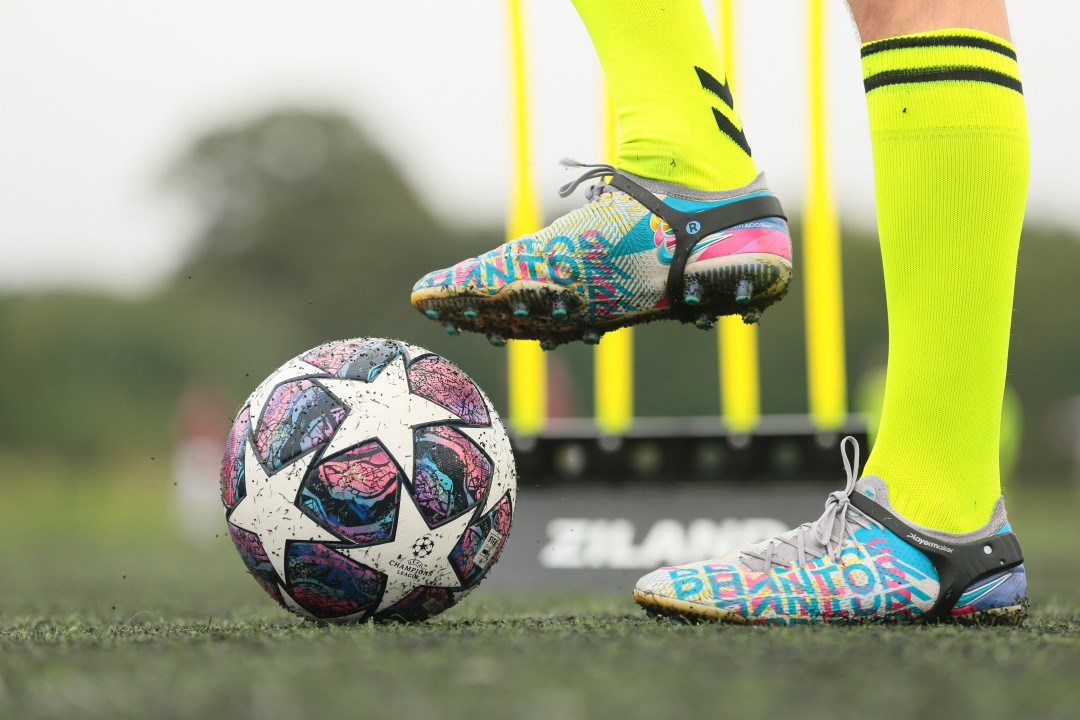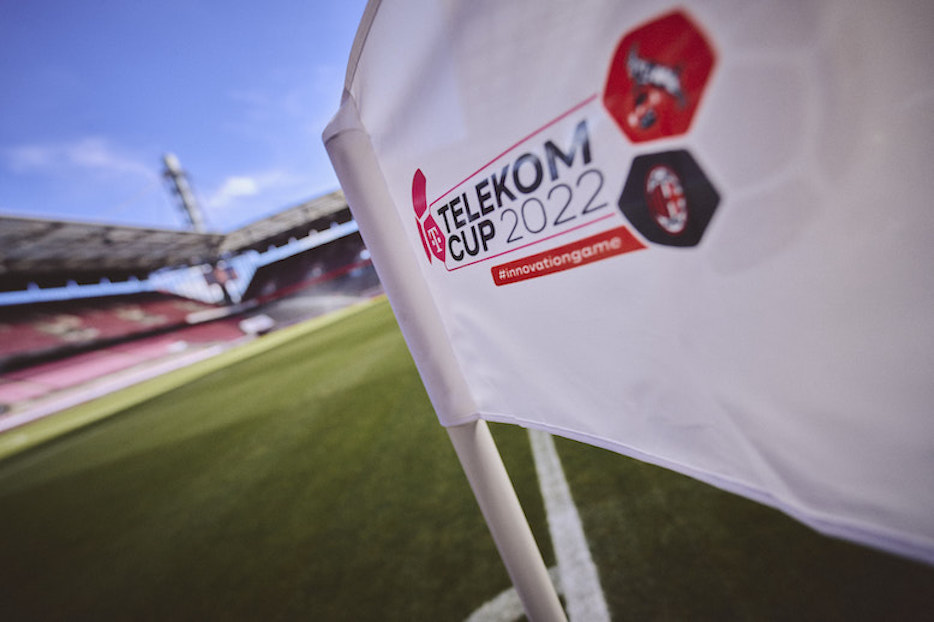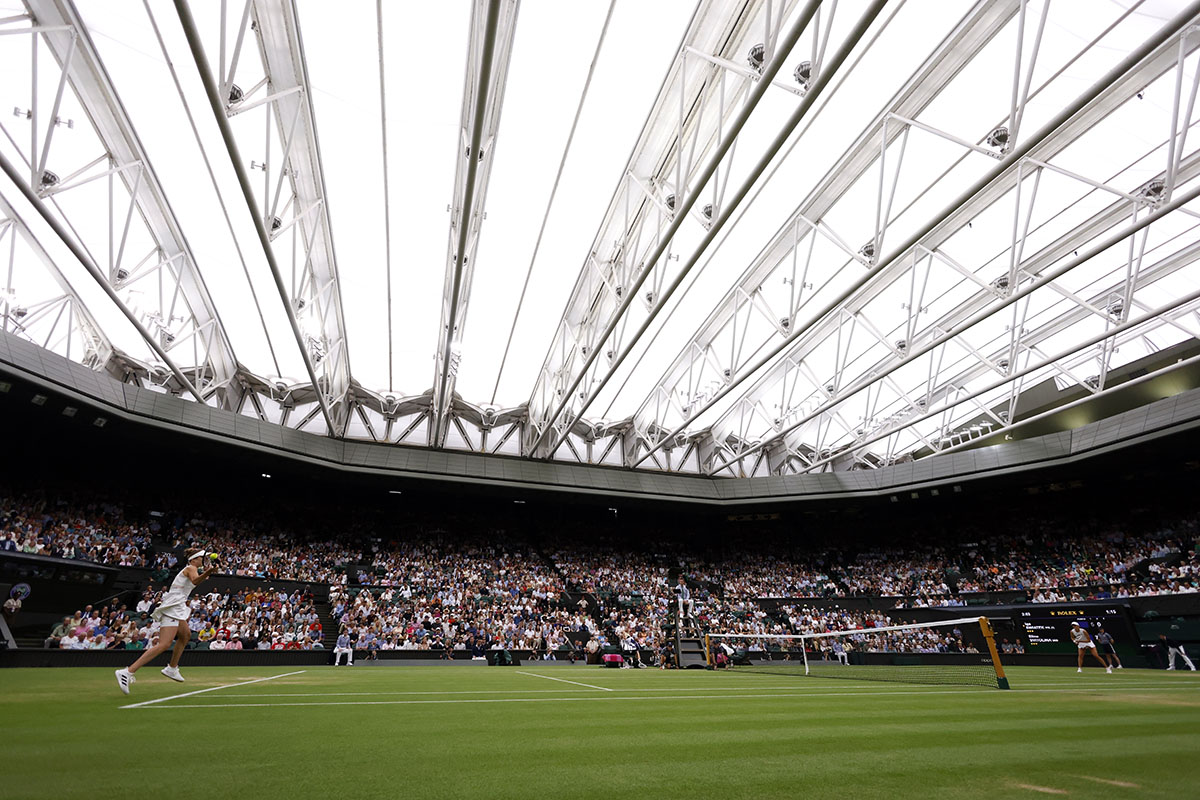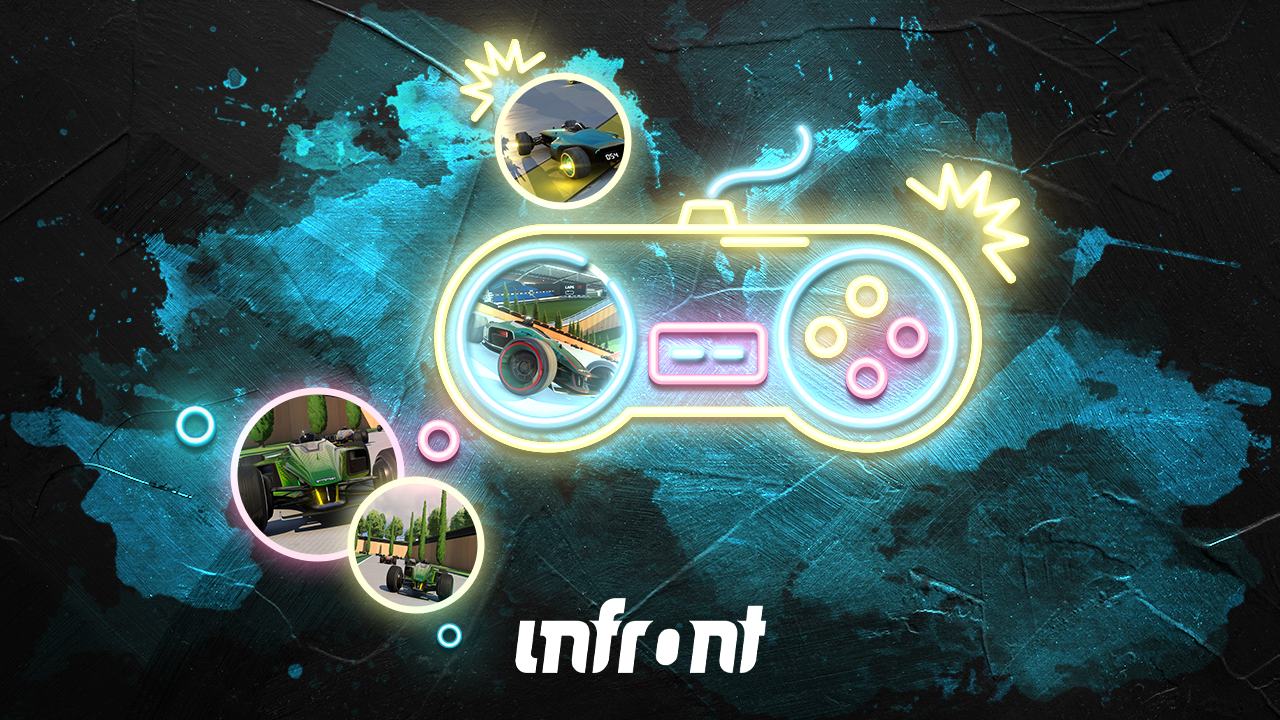The Covid-19 Pandemic forced many sports organisations to rethink their strategies over the last two years, opening the door for new ways of engaging fans, appealing to new audiences and monetising their assets.
This is true also for the European Handball Federation (EHF), who in the autumn and winter of 2020 was preparing for the Women’s EHF EURO 2020 in the shadow of the pandemic. Due to restrictions, the tournament was to take place without crowds, prompting the EHF to consider new ways of reaching and engaging supporters, and in particular appealing to new fans.
“We saw the hyper casual game as one possibility to reach out to new fans, and in a very casual way,” says Thomas Schöneich, EHF Director of Media and Communications. “To give them a glimpse of handball and, in an ideal way via the game, bring them into our ecosystem.”
Hyper casual games are easy-to-play, minimalistic, mobile games which are usually offered for free. While hyper casual gaming had already grown in 2019, the pandemic skyrocketed its popularity. By mid-2020, some 650m people of various ages were considered hyper casual gamers, and hypercasual downloads reached 11.8bn. This meant there was “a huge audience to potentially dip into.”
It also offered the opportunity to appeal to more women and age groups. Hyper casual games attract nearly an even number of male and female players, and a third are over the age of 45. Nowadays, nearly everyone can be considered a ‘gamer.’
“Looking at the EHF’s existing digital channels, our followers are predominantly male. Thus, establishing an entry point to the world of handball which is likely to be also very appealing to women, looked like the right choice,” says Schöneich.
Creating a Championship-Centred Game
EHF worked with Infront Lab to create a hyper casual game for the tournament. To develop the game, the team had to decide on a look, a concept and way of marketing it to fans.
The design of the game was to mirror the look and feel of the tournament. The virtual game environment was a replica of the arena where games were played. Each of the 16 national teams represented had avatars to choose from, allowing players to represent their home teams in a tournament within the game.
A shoot-out concept was chosen for the actual game because shoot-outs are used across various sports - including football and hockey - making it a familiar concept for new players. Each player has a chance to shoot the ball to score goals before switching sides and playing as a goalie. Games are either time based, with a certain amount of time to score as many goals as possible before switching positions, or played to a certain number of points. Players earned points as they competed, allowing them to proceed in the virtual tournament played within the actual tournament, and winning points for the national team within the game.
The creation of the game took seven weeks from ideation to app stores. As the tournament approached, EHF began promoting the game organically on their social channels, creating the feeling of a tournament for fans during the tournament itself and allowing fans to identify with the national teams and players.
The 2020 Outcome
The hyper casual game was downloaded 15k times with players spending an average of four and a half minutes playing. The game was played in 1,200 cities globally, and there was an 81 percent conversion from link clicks to downloads.
“We were definitely satisfied and we had a very high playing time of 4:30 minutes,” says Schöneich. “It definitely met our targets because otherwise we wouldn't have made this decision to continue.”
The success of the game led to the decision to develop a new, more engaging version of penalty shoot-out for the next EHF tournament, the Men’s EHF EURO 2022.
“There were 15K users who had downloaded the game already, so we wanted to bring them something new,” Schöneich explains. “At the same time there's a certain financial aspect to it as well, to make it attractive for sponsors. [To] work with Anzu and programmatic advertising, and see what possibilities are there and if there is a possibility to offer a platform like this to a sponsor for visibility purposes. Then of course, I would like to make it as attractive as possible.”
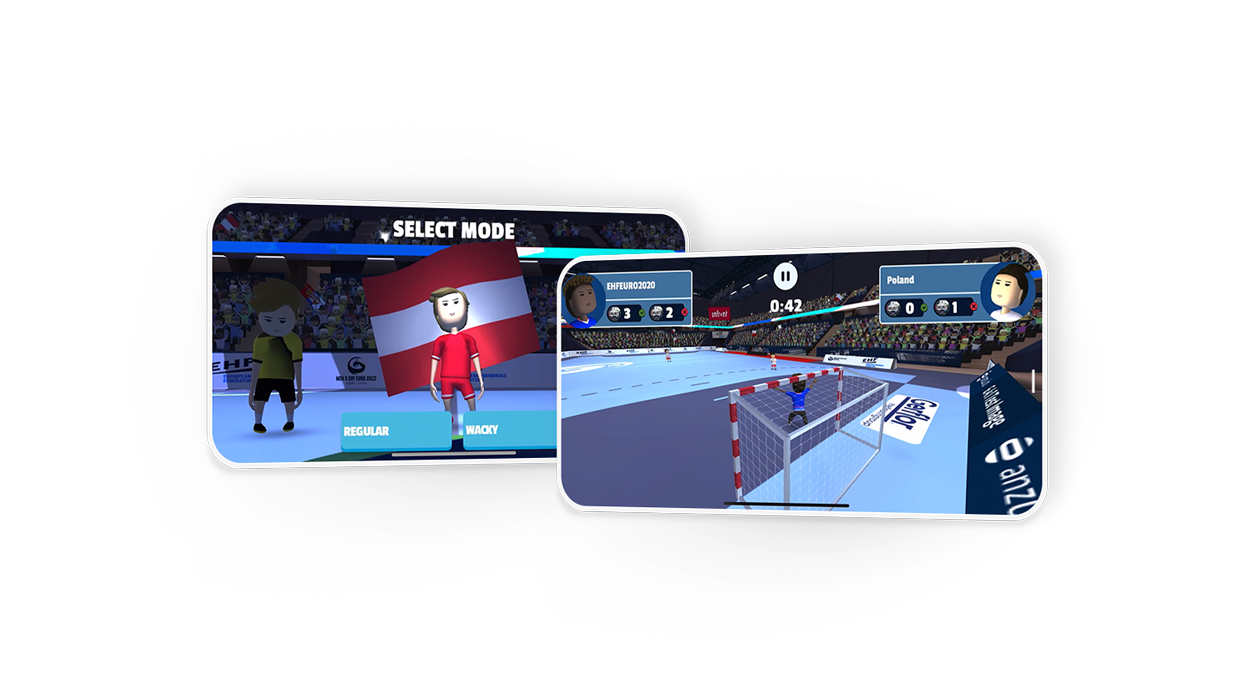
Penalty Shoot-Out 2022
EHF wanted to improve the user experience in the new version of the game, adding the option for a multiplayer game, where players can invite their friends to play with them.
“If I look at gaming from the perspective of a 14 year old, then there is a clear trend,” Schöneich says. “When you look at esports and look at the FIFA esports series, people want to compete against [others] because there's only so much fun playing against a computer.
“So when we're talking about how we can take this one step further, how can we reach even more people, engage more audiences, it obviously has this kind of snowball effect. If you can only play against you, what is the likelihood that you recommend this to a friend? But if you can actually play against your friends. The likelihood that you recommend and share it increases.”
EHF and Infront Lab worked together to develop the new game with the multiplayer option, with another feature termed “wacky mode,” in which players could do tricks such as a spinning throw, and an overall improved user experience.
In terms of engagement, EHF wanted to capitalize on the amount of attention the Men’s EHF EUROs receive to reach more people. The domain KPI was the number of downloads, which was set at 40k downloads. This was supported by paid advertising across various channels and promoting the game on the Federation’s Twitch show.
The 2022 Outcome
EHF reached and surpassed its download KPI. The game was downloaded more than 47k times with an average 5k sessions played per day. The various campaigns resulted in more than 3m impressions, with over 82k link clicks and a 31 percent conversion rate from links to downloads.
With more tournaments coming up, EHF will look to ways of bringing more fans from the game and into their ecosystem. The game is viewed as the top of the funnel to drive fans to download the official EHF app, visit the website or play match predictor games that are currently tailored for what Schöneich calls the “hardcore fans.” Likewise, Schöneich says, they are looking to disconnect the game from official tournaments, making it an EHF staple year-round.

